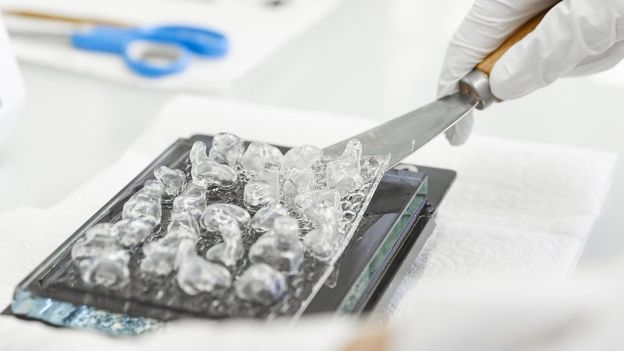
You might not know it, but if you wear a hearing aid, you are likely to be part of the 3D printing revolution.
Almost all hearing aids nowadays are produced using the technique.
Also known as additive manufacturing, 3D printing involves building up layers of material – plastic, metal or resin – and bonding them together, until eventually you have the finished product.
“Previously, production had been the sole preserve of modellers who finished each unique piece by hand in a time-consuming and costly process,” says Stefan Launer, a senior vice president at Sonova, which makes hearing aids.
“Now, once an order is placed, it takes just a few days for the finished product to be delivered, and the customer receives a hearing aid with individual fit,” he says.








